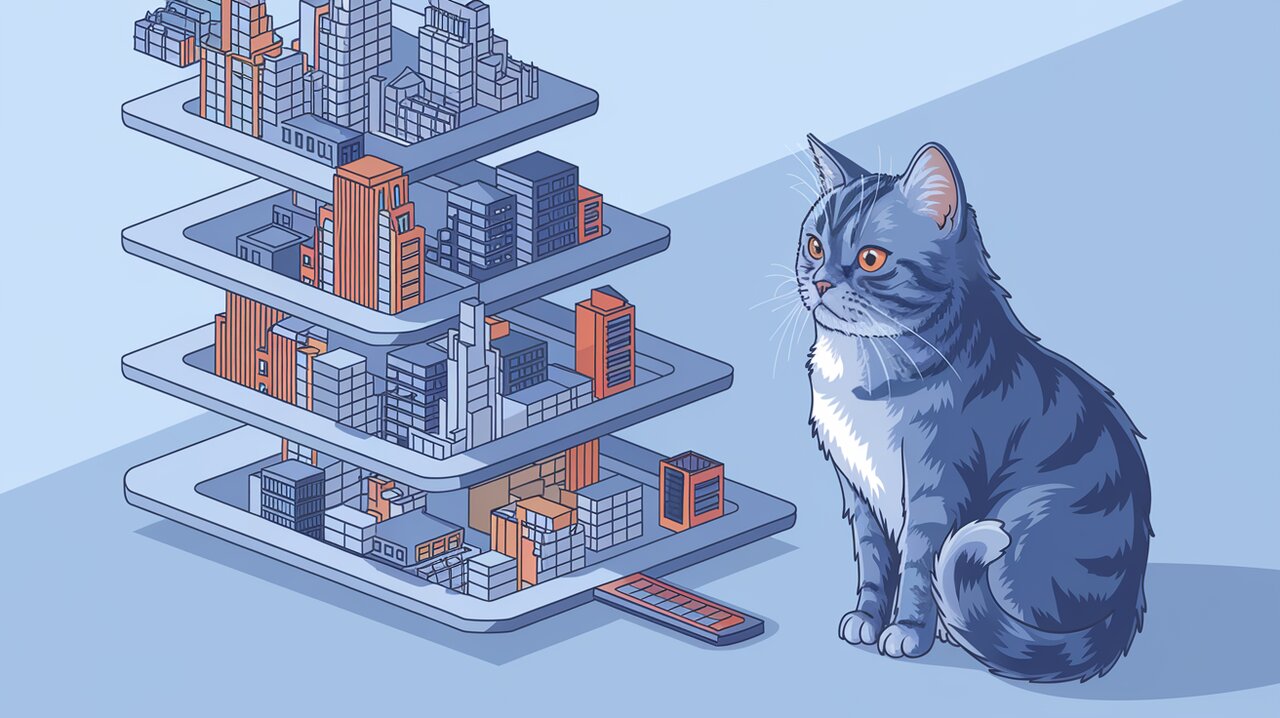
Spark Scrolling Symphony: Orchestrating Scroll-Based Animations with react-spark-scroll
React developers are constantly seeking ways to create more engaging and interactive user interfaces. Enter react-spark-scroll, a powerful library that brings the magic of scroll-based animations and actions to your React applications. In this article, we’ll explore how to use react-spark-scroll to orchestrate a symphony of scroll-triggered effects, elevating your user experience to new heights.
Igniting the Spark: An Introduction to react-spark-scroll
react-spark-scroll is a React port of the original spark-scroll library, designed to make scroll-based animations and actions in React applications a breeze. It allows you to associate elements with specific scroll positions and trigger various actions or animations when those positions are reached.
Key Features of react-spark-scroll
- Scroll-Based Actions: Trigger functions, add/remove classes, or broadcast events based on scroll position.
- Smooth Animations: Animate CSS properties in sync with the scroll position.
- Formula Support: Use built-in or custom formulas to calculate scroll positions dynamically.
- GSAP Integration: Leverage the power of GreenSock Animation Platform for more complex animations.
- Customizable: Extend with custom actions and formulas to fit your specific needs.
Installation and Setup
To get started with react-spark-scroll, you’ll need to install it in your project. The library comes in two flavors: one with GSAP support and another with Rekapi support.
For GSAP support:
npm install react-spark-scroll-gsap
For Rekapi support:
npm install react-spark-scroll-rekapi
After installation, you’ll need to import and set up the library in your React application:
import { SparkScroll, SparkProxy } from 'react-spark-scroll-gsap';
// Configure with options
const sparkScrollFactory = require('react-spark-scroll-gsap')({
invalidateAutomatically: true
});
const { SparkScroll, SparkProxy } = sparkScrollFactory;
Basic Usage: Animating with Scroll
Let’s start with a simple example of how to use react-spark-scroll to animate an element based on scroll position:
<SparkScroll.h1
timeline={{
topTop: { opacity: 0, transform: 'translateY(50px)' },
centerCenter: { opacity: 1, transform: 'translateY(0px)' }
}}
>
Scroll to Reveal
</SparkScroll.h1>
In this example, the h1 element will fade in and move up as it scrolls from the top of the viewport to the center.
Advanced Techniques: Actions and Formulas
react-spark-scroll isn’t limited to just animations. You can also trigger actions based on scroll position:
<SparkScroll.div
timeline={{
topBottom: { onUp: () => console.log('Scrolled to top') },
centerCenter: {
onDown: () => console.log('Passed center'),
className: 'active'
}
}}
>
Scroll-Triggered Content
</SparkScroll.div>
This example logs messages to the console and adds a class when specific scroll positions are reached.
Proxy Elements for Consistent Animations
Sometimes, you want animations to be based on the position of a parent element. The SparkProxy component allows you to do just that:
<SparkProxy.div proxyId="header">
<SparkScroll.h1
proxy="header"
timeline={{
topTop: { opacity: 1 },
topBottom: { opacity: 0 }
}}
>
Fading Header
</SparkScroll.h1>
</SparkProxy.div>
This setup ensures that the animation is based on the proxy element’s position, not the h1 itself.
Performance Considerations
While react-spark-scroll is powerful, it’s important to use it judiciously to maintain good performance. Here are some tips:
- Use the
invalidateAutomaticallyoption wisely. While convenient, it can impact performance if overused. - Leverage the
SparkProxycomponent to reduce the number of elements being tracked. - Use simpler animations for frequently updated elements.
Integrating with Other React Libraries
react-spark-scroll plays well with other React animation libraries. For instance, you could combine it with react-spring for physics-based animations or Framer Motion for more complex motion designs.
Conclusion: Elevating User Experience with Scroll
react-spark-scroll opens up a world of possibilities for creating engaging, scroll-driven user interfaces in React. By thoughtfully implementing scroll-based animations and actions, you can guide users through your content in a more interactive and immersive way.
As you explore the capabilities of react-spark-scroll, remember that the key to great UX is balance. Use these powerful animations to enhance your content, not overshadow it. With practice and creativity, you’ll be orchestrating scroll symphonies that keep your users engaged and coming back for more.
Whether you’re building a portfolio, a storytelling platform, or a product showcase, react-spark-scroll can help you create memorable experiences that stand out in the crowded digital landscape. So go ahead, spark some scrolling magic in your next React project!
